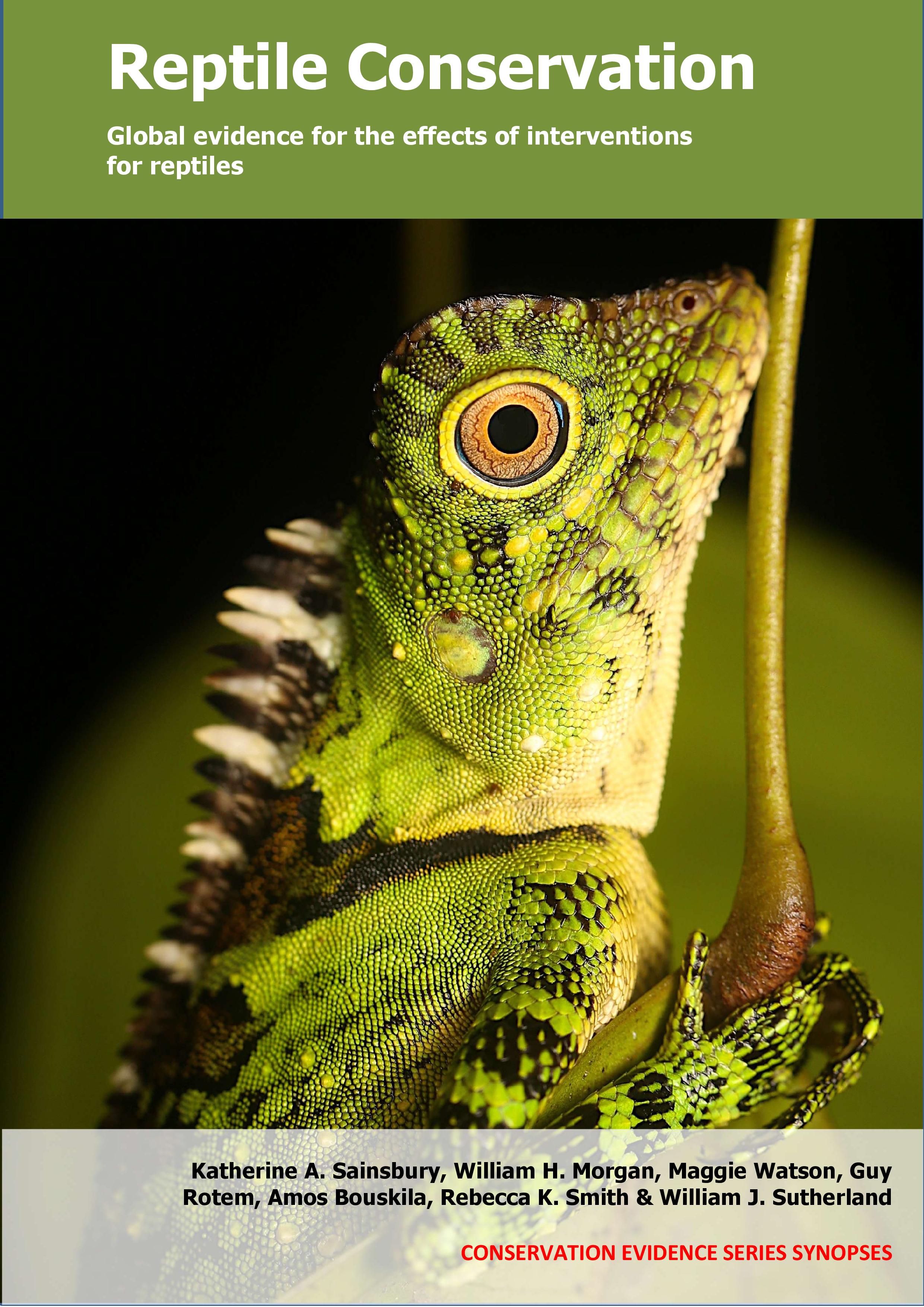Provide artificial shade for nests or nesting sites
-
Overall effectiveness category Awaiting assessment
-
Number of studies: 4
View assessment score
Hide assessment score
How is the evidence assessed?
-
Effectiveness
not assessed -
Certainty
not assessed -
Harms
not assessed
Study locations
Supporting evidence from individual studies
A controlled study in 2007 in a beach hatchery on the south‐western Caribbean Sea between Colombia and Panama (Patino-Martinez et al. 2012) found that providing shading for leatherback turtle Dermochelys coriacea nests increased overall hatching success and reduced the number of female hatchlings compared to nests with no shading at all. Hatching success rates for shaded nests was higher (65–66% success) compared to unshaded nests (39%). Shaded nests produced fewer female hatchlings (40% shade: 25% females, 60% shade: 4% females; number of individuals not provided) than unshaded nests (100% female). Hatchlings from nests incubated in 60% shade were smaller than hatchlings from 40% shade or unshaded nests (see original paper for details). In total 36 nests were moved to a beach hatchery (15 x 8 m). Nests were incubated under one of three different levels of shade: 40% shade, 60% shade and no shade at all (12 nests/shade level). Shade was provided by materials of two different thicknesses stretched 1.5 m above ground.
Study and other actions testedA replicated, controlled study in 2006–2007 on an island on salt marsh grasses in New Jersey, USA (Wnek et al. 2013) found that providing shade for diamondback terrapin Malaclemys terrapin nests relocated to artificial nest mounds resulted in lower hatching success compared to unshaded nests in one of six comparisons. Hatching success in loam and dredge mounds was similar for shaded (loam: 2 of 5 & 3 of 6 successful nests, 11 & 63% eggs hatched; dredge: 0 of 5 & 4 of 6 nests, 0 & 42% eggs) and unshaded nests (loam: 5 of 5 & 6 of 6 nests, 55 & 85% eggs; dredge: 0 of 5 & 6 of 6 nests, 0 & 59% eggs). In sand mounds, shaded nests had lower hatching success than unshaded mounds in the first year (shaded: 0 of 5 nests, 0% eggs; unshaded: 3 of 5 nests, 31% eggs) but similar success in the second (shaded: 3 of 6 nests, 41% eggs; unshaded: 6 of 6 nests, 65% eggs). Three experimental plots (2.25 m2) were filled with 45 cm deep soil: sand from a beach; loamy sand from a natural nesting area or dredge soil from a nearby dried channel. One half of each plot was shaded by cloth 15 cm above the soil with the other half in full sun. Each nest was covered by a wire-mesh predator exclusion cage. Clutches of eggs were relocated to treatment plots from areas with high human activity (2006: 5 nests/treatment; 2007: 6 nests/treatment). Nests were excavated after 60 days to assess hatching success.
Study and other actions testedA replicated, controlled study in 2009–2010 on a beach in Queensland, Australia (Wood et al. 2014) found that shading loggerhead turtle Caretta caretta nests lead to larger hatchlings that moved and self-righted faster compared to unshaded nests, but hatching success and hatchling weight remained similar. Shaded hatchling carapace sizes were larger (1,545–1,597 mm2), hatchlings crawled faster (5–6 cm/second) and self-righted faster (2–3 s) than unshaded hatchlings (size: 1,484 mm2, speed: 4 cm/second, self-righting time: 3 s), although shaded hatchling weight (20–21 g) was similar to unshaded hatchlings (20 g). Hatching success was similar between shaded nests (80–84 %) and unshaded nests (83%). Hatchlings were monitored in sites with three levels of artificial shading (4 h direct sun/day: eight clutches; 1.5 h direct sun/day: seven clutches; 0.5 h direct sun/day: seven clutches, average temperature of shaded nests: 30–31°) or in unshaded sites (9.5 h direct sun/day, six clutches, average temperature 32°). Artificial shade was provided with a rectangular synthetic shade cloth allowing 70% solar radiation positioned parallel to the shore. Clutches of eggs were collected from individual nesting loggerhead turtles in December 2009, eggs counted, and nests relocated. On emergence, hatchlings were weighed, measured and tested for crawl speed and righting responses before being released.
Study and other actions testedA controlled, before-and-after study in 2006–2009 in desert scrubland in California, USA (Nagy et al. 2016) found that shaded Agassiz’s desert tortoise Gopherus agassizii nests in a hatchery produced similar hatchling sex ratios as unshaded nests. Sex ratios were similar in shaded (0.2 females:1 male) and unshaded nests (0.3 females:1 male). This was despite soil temperatures in shaded areas being on average 13°C cooler mid-morning compared to unshaded areas. The authors report that the hatchling sex ratio from the previous three years of unshaded nests was the opposite way around (2–36 females:1 male) and that the change in sex ratio between the first three years and fourth year of the study could be explained by differences in air temperatures (see original paper for details). In spring 2006–2009, gravid, wild female Agassiz’s desert tortoises were placed in individual pens in one of four predator-proof fenced enclosures with artificial nest burrows in a hatchery. After eggs were laid, tortoises were returned to their capture location. In 2009, fourteen pens were partially covered with 4 m2 pieces of black shading cloth suspended 0.5 m above likely nest burrows. A further 10 nest burrows were left unshaded. In 2006–2008, twenty-nine to 37 hatchlings were sexed/year. In 2009, forty-six hatchlings from shaded burrows and 36 hatchlings from unshaded burrows were sexed.
Study and other actions tested
Where has this evidence come from?
List of journals searched by synopsis
All the journals searched for all synopses
This Action forms part of the Action Synopsis:
Reptile Conservation
Reptile Conservation - Published 2021
Reptile synopsis





)_2023.JPG)














